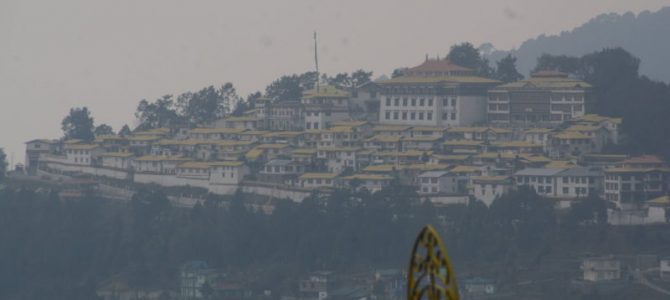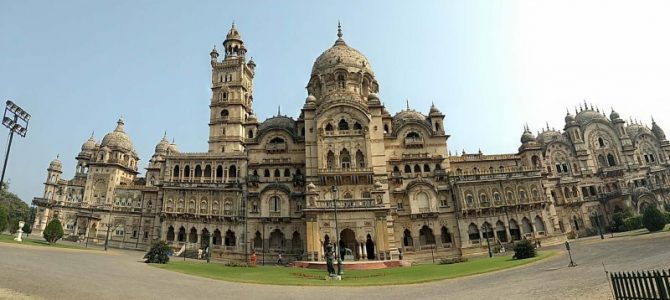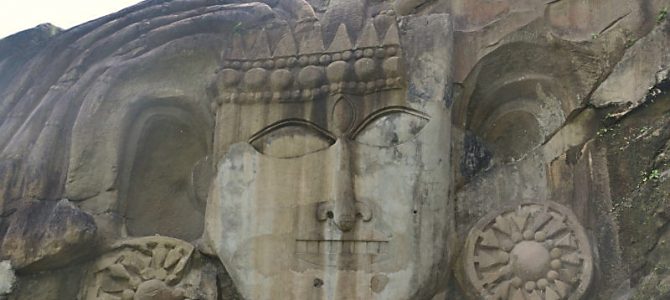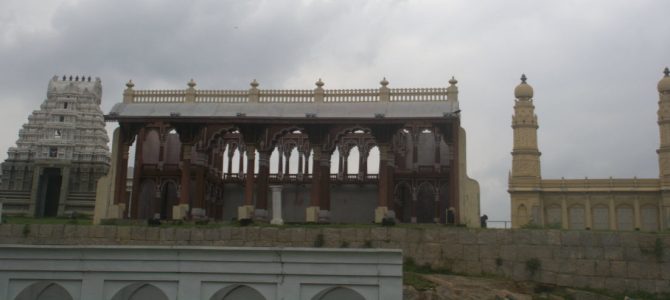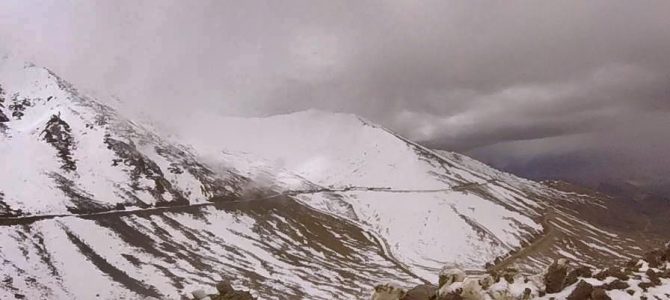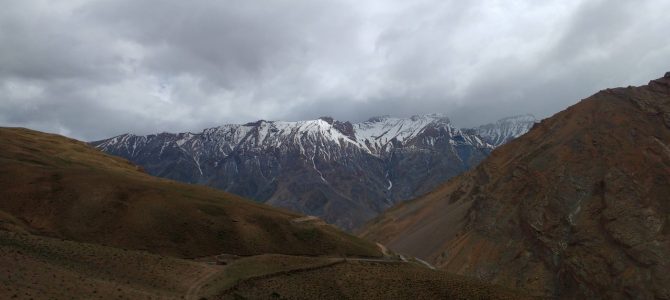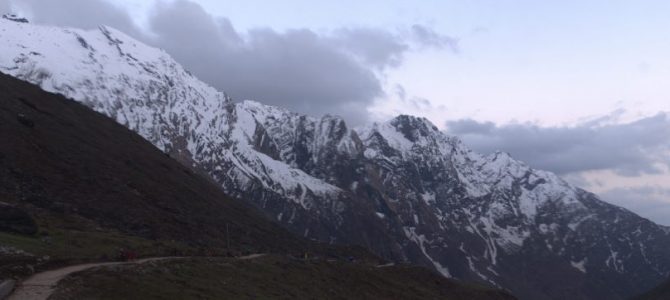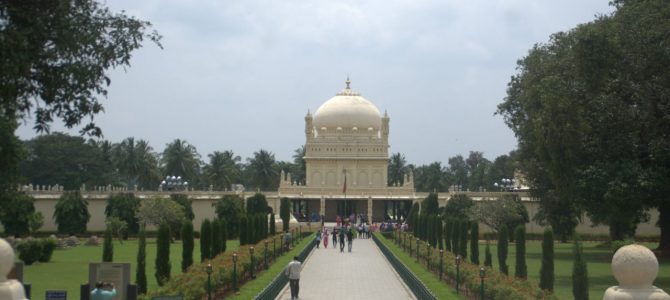Kedarnath is one of the four char dhams, or the four biggest abodes of Lord Shiva. Kedarnath is also the origin of river Mandakini and is the toughest of the four dhams to reach.
Trekking to Kedarnath involves an ascent from Gaurikund (6200 ft) to Kedarnath (11100 ft). It a part of the greater Himalayas. The path is full of snow and needs to be constantly cleared. The trek is challenging enough for the initiated. The uninitiated often give up soon after they start and use the services of a doli , porter or a horse to carry them to the top.
Duing summer, the entire trek is without any settlements except at the summit, 16 kms from the base. Most of Kedarnath village moves downhill before the onset of winter. When the trekking route is opened in the summer, the village doesn’t shift back overnight. the process is gradual. During the first week of the trek, only a few transits are created along the 16 km route. Some are army camps and some are convenience stores set up by the villagers, who are among the first to relocate. It is at one of these convenience stores that we heard this amusing conversation.
Guy 1: Oh my God1 That was tough, man!
Guy 2: This local says the trek hasn’t even started yet !!
Guy 1: What !! We have covered quite a bit. More than 5 of the 11 km in the trek and have been walking forever…At least 50% must be done, right? (sounding half dreaded and half hopeful)
Local: But sir, so far the walk has mostly been flat. The ascent will start shortly.
Guy 1 and 2 (in chorus) : Was that flat ??
Guy 1 (exasperated): Forget it. Let’s drink something..
Guy 2 ( Looks at the over crowded counter): They’ve got Lassi.
Guy 1: It’s freezing! Why would you drink Lassi now?
Guy 2 (pondering and agreeing): Hmm.. true. So what should I get?
Guy 1 (without hesitation): Let’s get a COOL DRINK.
We (giggling and whispering between ourselves) : Altitude certainly messes with the brain !!!
